Along with other critical inbound and outbound call center metrics and KPIs (Key Performance Indicators), cost per call is an essential metric that call center managers should consistently track to evaluate the efficiency of their operations. Not only does it help you measure how much you spend to handle a single customer support or sales call, but it can also assist in calculating the ROI (Return on Investment) when evaluating new call center technology. This article provides a deeper insight into cost per call, how to calculate it, and how you can effectively reduce it to cut down on your overall call center expenses.
What is Call Center Cost per Call?
Call center cost per call is the total expense of handling each individual call in a call center. That may include both inbound and outbound calls. When measuring cost per call, you should take into account various factors, such as total labor costs (agent salaries and benefits), HR expenses (recruiting, hiring, and training), telephony infrastructure expenses (software subscriptions, hardware, telecom costs), and overhead costs (real estate facilities and utilities).
All of that will make up your total call center expenses. Without understanding the full spectrum of costs that go into running your call center, you won’t be able to measure your cost per call accurately.
In addition to knowing how to lower your cost per call, you can check out our best practices for reducing call center costs.
Why is Cost per Call an Important Metric?
Cost per call is a key metric for evaluating the overall efficiency and cost-effectiveness of your call center operations. The industry benchmarks suggest that an acceptable cost per call in call centers could range between $2.70 – $5.60. By comparing your cost per call against industry benchmarks and your historical data, you can develop more accurate budget forecasts and set targets for reducing your operational costs.
How to Calculate Cost per Call?
Calculating cost per call involves dividing your total call center costs over a specific period by the total number of inbound and outbound calls handled by your call center agents during the same period. You can calculate your cost per call for different periods (weekly, monthly, or quarterly) using this simple formula:
Average Cost per Call = Total Call Center Costs / Total Calls Handled
For example, if the total cost of operating your call center is $70,000 per month, and your team handled 15,000 calls during the same period, the cost per call would be 70,000 ÷ 15,000 = $4.6. While that seems like a reasonable number that falls within the average industry benchmark, there are many strategies you can implement to reduce your cost per call without sacrificing the quality of your call center interactions.
How to Reduce Cost per Call in Call Centers
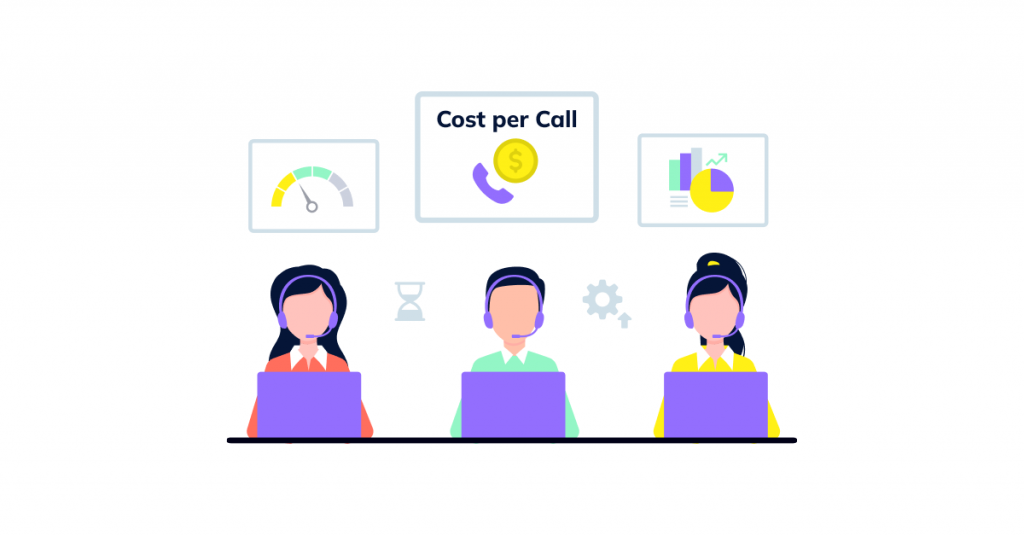
Below are some proven ways to reduce your cost per call and overall expenses:
Leverage cloud-based VoIP telephony
With a cloud VoIP telephony solution, you can lower your call costs for long-distance and international calls. On top of that, since cloud-based VoIP call center software providers offer subscription-based or pay-as-you-go models, you pay only for the services you need and actually use. This flexibility enables you to optimize your contact center expenses and avoid overpaying for unused capacity. Additionally, with a cloud-based call center solution, your reps can work from anywhere, helping you save even more by allowing remote work.
Introduce self-service options
Implementing and offering your customers self-service support options is one of the most efficient ways to reduce your cost per call. That could include self-service IVR menus, FAQs, knowledge bases, self-service portals, or AI-driven chatbots – anything that can help your customers find answers and resolve at least simple issues on their own without having to interact with your agents.
Encouraging your customers to use self-service tools will lower your inbound call volume and reduce your overall costs while also helping you improve customer satisfaction by meeting customer expectations. According to a survey by Higher Logic, 79% of consumers expect organizations to provide self-service support tools to help them find answers without having to contact support.
Improve your First Call Resolution (FCR) rate
Focusing your efforts on improving your First Call Resolution (FCR) rate can also help you reduce cost per call. FCR measures your support team’s ability to resolve customers’ issues during the first interaction. When issues are resolved on the first call, there is no need for your customers to call your team again and again regarding the same problem. That ultimately leads to fewer repeat calls, reduced inbound call volume, and lower associated costs per call.
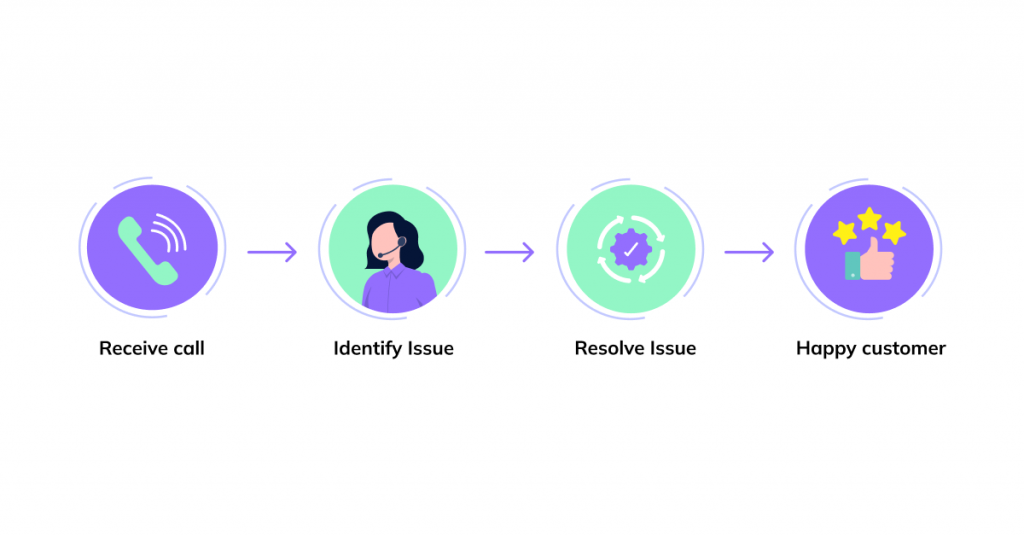
Implementing skill-based routing – when calls are routed to the agents best suited to handle specific types of issues – and improving your team’s call-handling skills through call center coaching and targeted training are some of the best ways to increase your FCR rates.
Reduce your Average Handle Time (AHT)
The Average Handle Time (AHT) is another essential call center metric tightly related to FCR that you should strive to improve to reduce your cost per call. When your call center reps are able to resolve issues quickly, without sending your customers back and forth between your team members or putting customers on hold, that results in shorter call durations. This reduction in Average Handling Times decreases your labor costs per call while also reducing the number of repeat calls.
One of the ways to reduce your AHT is to empower your support reps with a 360-degree customer view by integrating call center software with a CRM (Customer Relationship Management) system. That provides your agents with full customer context, including details of previous interactions, purchase history, and customer preferences, enabling them to handle interactions quickly and efficiently and reducing your handle times and costs per call.
Conduct regular quality assurance audits
Your quality assurance practices should include regular call audits. Reviewing call recordings or monitoring calls in real-time will give you a wealth of insights into how your reps interact with customers, how well they are able to resolve customers’ issues and deliver high customer service quality, and where they might be struggling. It can help you identify knowledge gaps and improvement opportunities and train agents better to ensure they resolve issues faster, more efficiently, and during a single interaction, lowering the number of repeat calls and your costs per call.
Offer customers a queue callback option
In addition to many other benefits a queue callback feature offers, it can also help you reduce your costs per call. A queue callback option empowers your customers to reserve their place in a virtual call queue and request a return call from an agent once they reach the front of the queue without having to wait on hold. That means you can save on call charges as you don’t have to pay for every minute the caller is waiting on hold in a queue. It also reduces the number of abandoned and repeat calls and enables you to handle call volume spikes effectively without needing to allocate more agents.
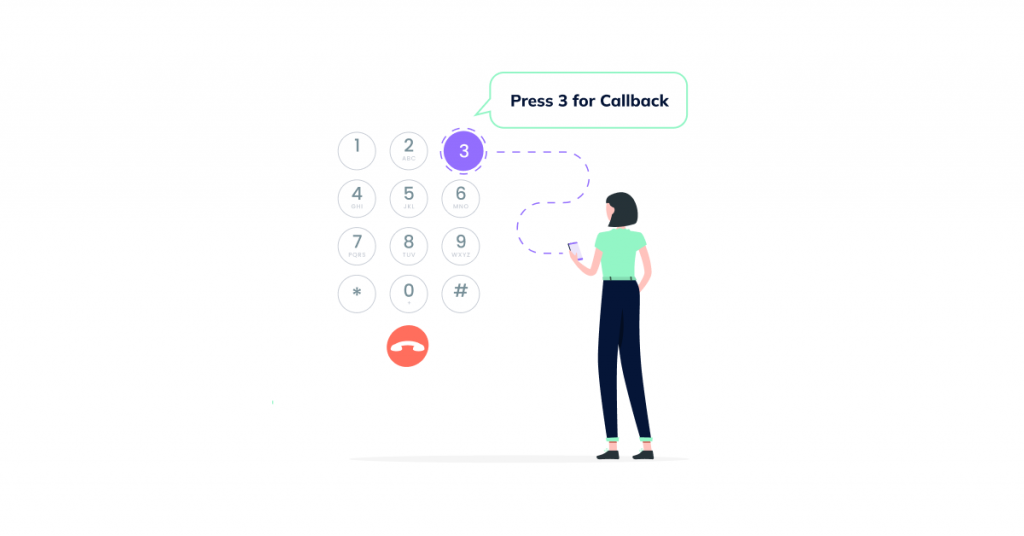
And considering that 63% of customers prefer a callback rather than having to wait on hold (according to a study by Software Advice), implementing a queue callback is also an excellent way to improve customer satisfaction.
Use predictive dialer software
Using predictive dialer software can help reduce cost per call on outbound calls. Predictive dialers dial multiple numbers per single agent simultaneously and use AI and machine learning algorithms that predict agent availability based on real-time and historical metrics.
That means agents don’t have to dial numbers manually and wait for the calls to connect when running outbound calling campaigns. As soon as an agent completes their previous interaction, they are instantly connected to the next call. That reduces agent idle time, increases talk times by up to 300%, and empowers sales reps to handle a larger number of outbound calls in less time, lowering your cost per call.
Implement a remote work-from-home policy
Implementing a remote work-from-home policy can also potentially reduce your cost per call by lowering your overall operational costs. Running a traditional call center with a physical office space naturally comes with expenses like rent, utilities, furniture, and office supplies. You can reduce these overhead costs by allowing your representatives to work from home. In fact, following the pandemic, when work from home became the norm for many organizations, 69% of contact centers still have a work-from-home program in place, based on recent research from Deloitte Digital.
Outsource your call center operations to a BPO service provider
Another way to achieve a cost-per-call reduction is to outsource your call center operations to a third-party BPO call center service provider. Since the average salary for a call center agent can dramatically vary across countries, by outsourcing your customer support or lead generation to BPO call centers located in countries with lower labor costs, you can significantly reduce your operational expenses.
Check out our complete guide to call center outsourcing.
While outsourcing call center operations to BPO service providers may come with potential drawbacks (like data security risks or communication challenges), choosing the right BPO call center provider will not only allow you to reduce cost per call, but it can also enable you to deliver 24/7 support to your customers.
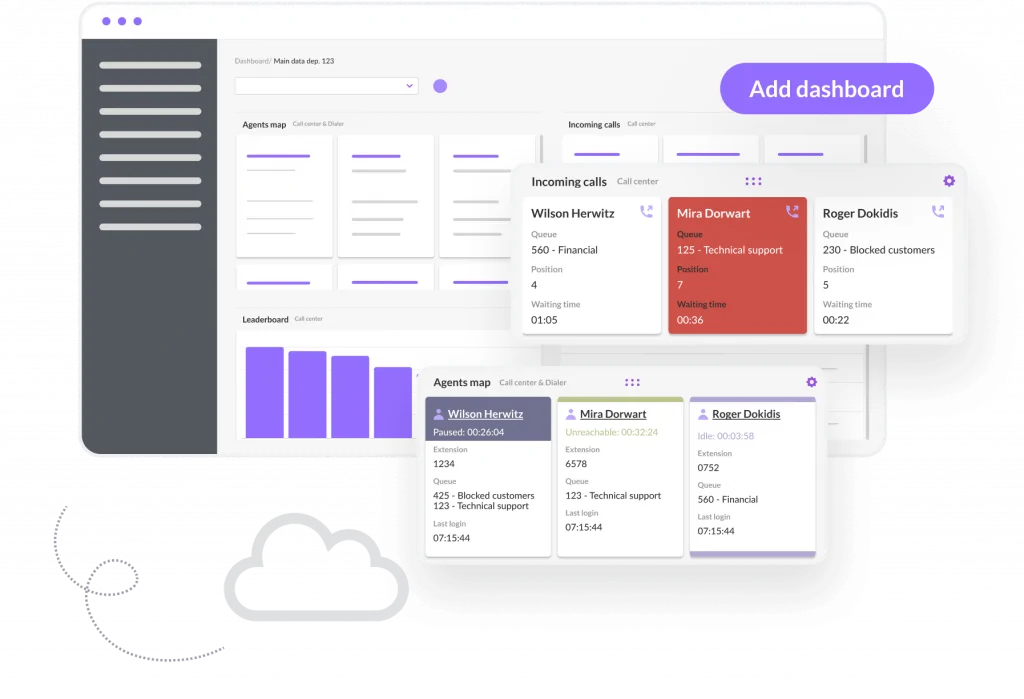
Book a demo call now to learn more about VoiceSpin VoIP call center software and how you can use it to reduce your operational expenses while ensuring high-quality customer interactions.

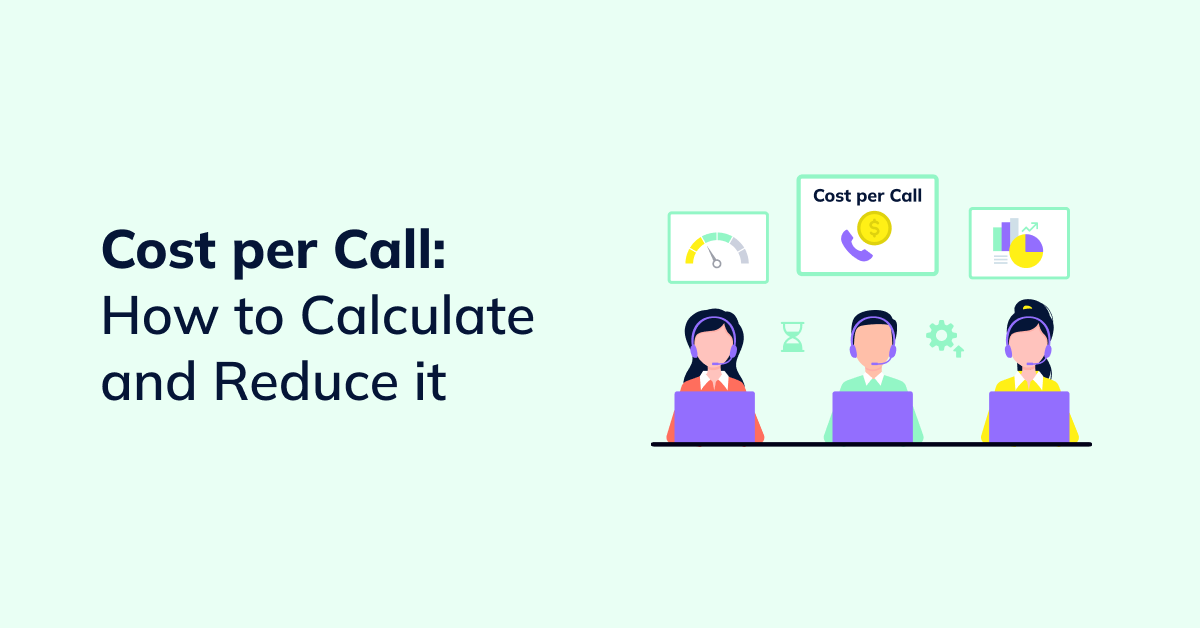
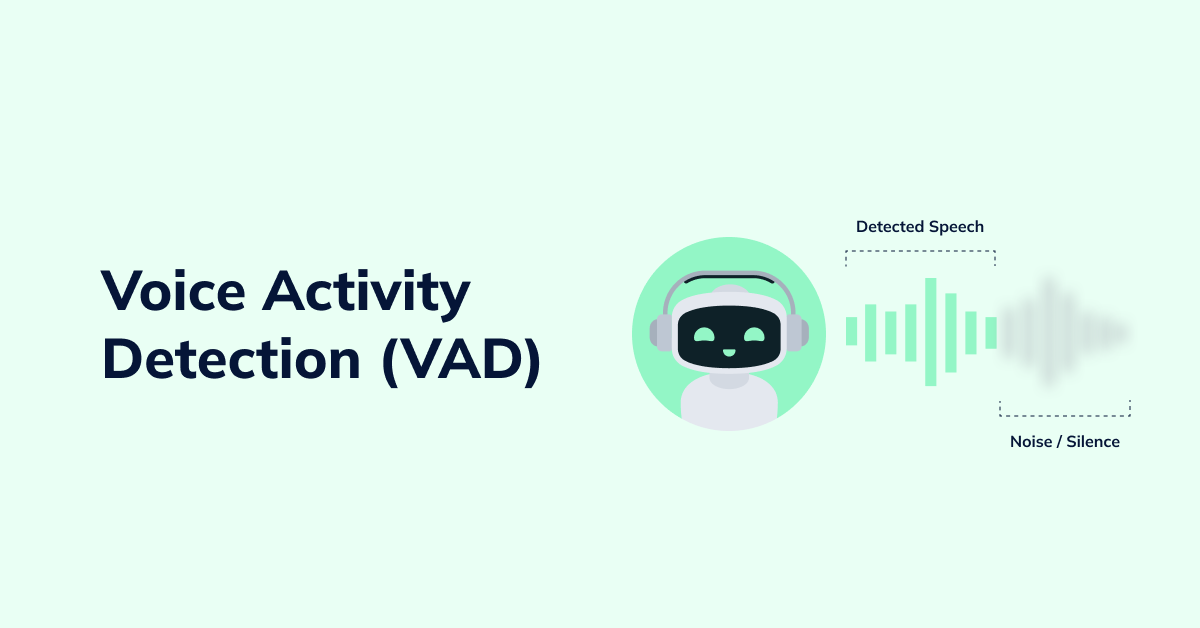
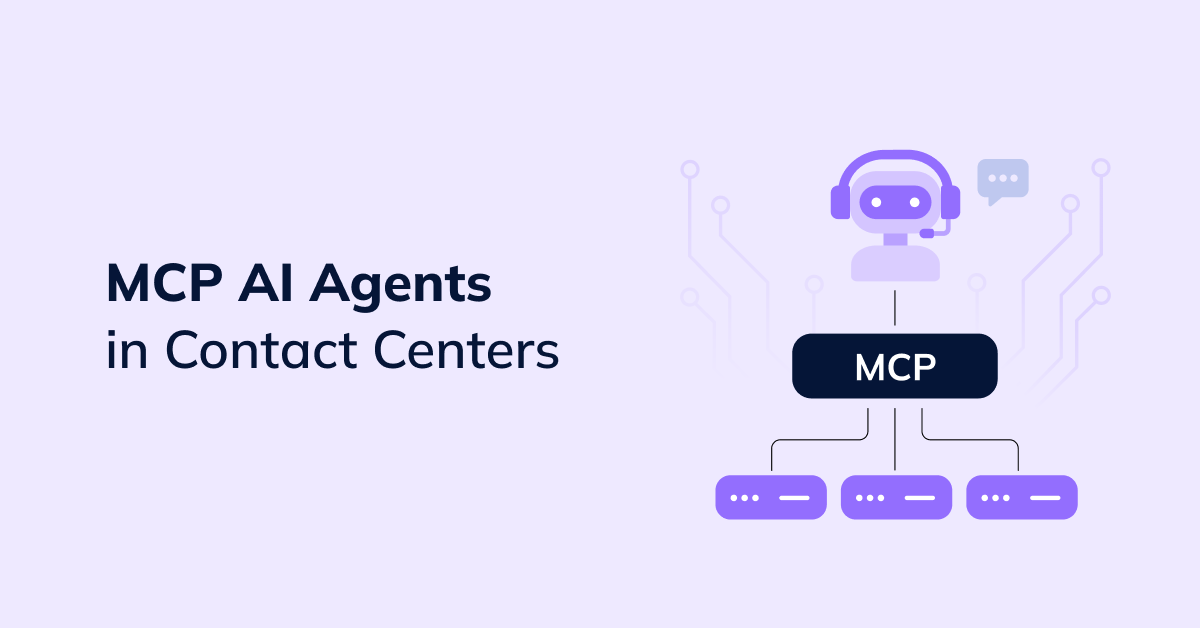
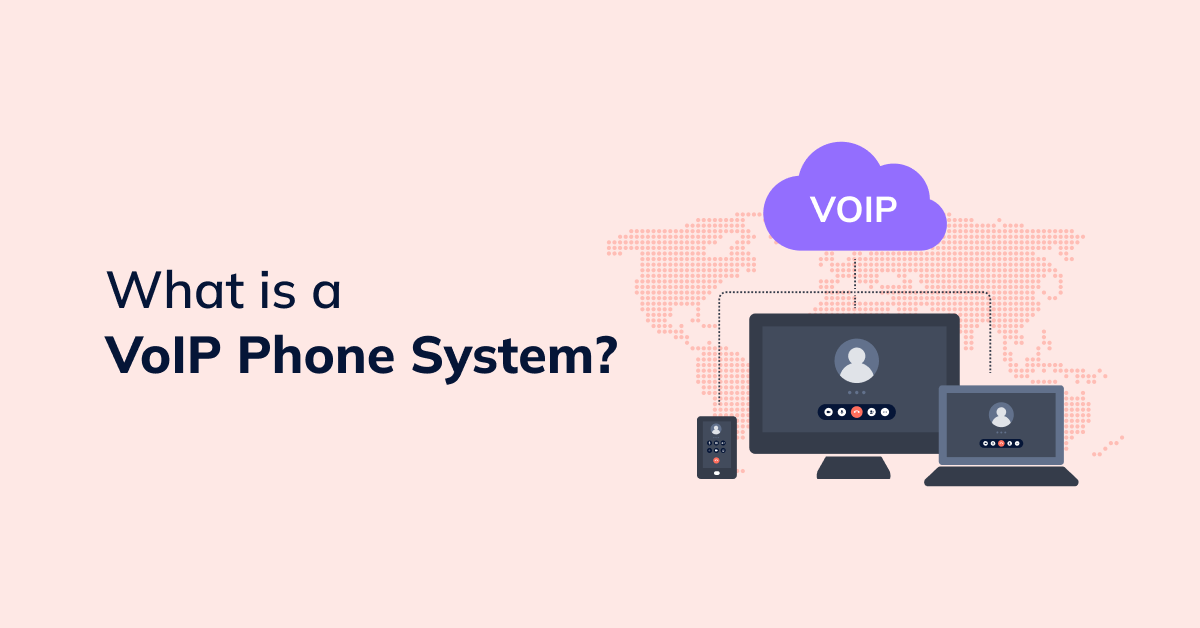
 +18889082995
+18889082995
 +442036084160
+442036084160
 +97237237006
+97237237006